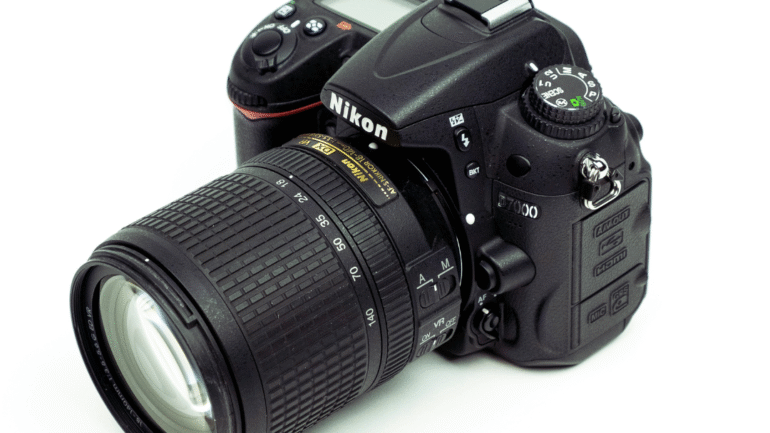So, you want to get a smart home, but you’re not sure how to go about it. You want a connected home, but you don’t know how to go about buying all of those devices. You want to control your thermostat, your lights, your TV, your security system, and every other connected device you can think of, but lights, TV, you don’t know how to get started. You want to get started with a smart home, but you don’t know where to start. Well, today, we’re going to change all of that. We’re going to begin with the basics: why a smart home is so complicated and how smart home devices work. So, you can make informed decisions before you buy.
What is a Smart Home?
Many people seem to look into smart homes, like how businesses look into smart building applications, for the safety, convenience, and comfort they offer their families. But are they prepared for the new wave of connected devices they’re likely to encounter? Sure, the idea of a smart home may sound cool, but implementing it presents a host of challenges that can often become a headache.
From the early days of the internet, the idea of having appliances that could be controlled by an app has been on everyone’s mind. Building an app that facilitates these services has been a primary goal for many manufacturing companies. For this purpose, they tend to approach firms (like Darwoft) that have grown accustomed to market developments and digital transformation trends. But, while smart TVs, Bluetooth speakers, and other Internet of Things (IoT) products have been around for decades, the idea of a smart home that can be controlled via your smartphone and smart speakers is just taking off.
Smart home technology is all the rage right now. And for a good reason: with the right gadgets, you can make your home more comfortable, more convenient, more efficient, and more intelligent. And yes, it can be overwhelming to get all the pieces to work together, but that’s why smart home hubs are there to help. They connect all your devices to one central hub, where you can control all your home’s functions from one well-organized dashboard.
Why are Smart Homes still complicated?
Smart home technology is already a huge market (see: Nest, Wink, Google Home, Amazon Echo, Samsung SmartThings, etc.), but it is still a field full of companies setting up their own systems, and we’ve had a few players that have disappeared. The reason for this is simple: because smart home tech is still so new, there is a vast array of products and a huge amount of variation in terms of how they work, the services they offer, and the price.
More and more devices can be linked to our homes every year, from light bulbs to thermostats. For example, if you take LED grow lights into consideration, you can see how these lights play an important role in indoor farming, if you choose to have that option in your home for the plants. But as the range of sensors expands, so does the complexity of the system than how we used to control them. Not to mention the fact that there’s an app for that, too. It’s no secret that smart home technology, also known as the Internet of Things (IoT), is a fast-growing industry that continues to gain ground in the world of consumer electronics and appliances. It is estimated that the IoT is set to grow at an even faster pace than the smartphone market, which has already undergone major changes over the past decade.
Smart home technology is getting better and better every year, but there are still a handful of areas of the industry that are still somewhat confusing. One of the most common issues that smart home technology faces is the “complexity” of the system.
At this point, you might think the smart home is the biggest hype in technology. But, this is not the case. A lot of people are using this technology, and they have benefited a lot. So, you certainly need to know about this smart home and what you can get from it. With the advent of smart home devices, you can control your home, appliances, and security at your convenience. It’s convenient to control the lights, soundbar, air conditioning, and television/radio with our smartphones and remotes. But it gets more complicated when we try to figure out what to do with our smart devices.
Smart home technology is a pretty big part of our lives, whether we own a home or live in one. In fact, more than 70% of US households use at least one smart home product, and the number of connected devices continues to grow every day. The devices we use in our homes are made to offer us a level of convenience that we just can’t live without, but the downside is that many of these products go undeveloped or are just flat-out confusing.





